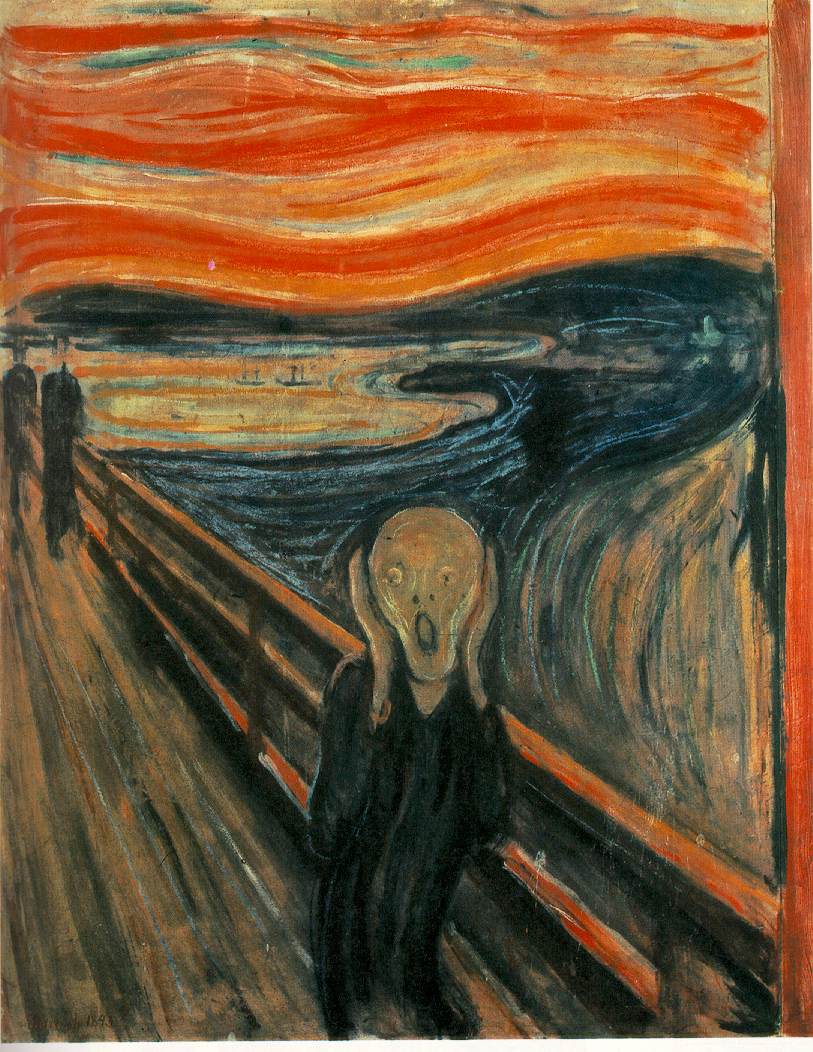Grant Wood - American Gothic

American Gothic
American Gothic is one of the most reproduced—and parodied—images ever. Many artists have replaced the two people with other known couples and replaced the house with well known houses. References and parodies of the image have been numerous for generations, appearing regularly in such media as postcards, magazines, animated cartoons, advertisements, comic books, and television shows.
Grant Wood, born Grant DeVolson Wood (February 13, 1891 – February 12, 1942) was an American painter, born in Anamosa, Iowa. He is best known for his paintings depicting the rural American Midwest.
His family moved to Cedar Rapids after his father died in 1901. Soon thereafter he began as an apprentice in a local metal shop. He enrolled in art school in Minneapolis in 1910, and returned a year later to teach in a one-room schoolhouse. In 1913 he enrolled at the Art Institute of Chicago and did some work as a silversmith. He again returned to Cedar Rapids to teach Junior High students after serving in the army as a camouflage painter. From 1920 to 1928 he made four trips to Europe, where he studied many styles of painting, especially impressionism. From 1924 to 1935 Wood lived in the loft of a carriage house that he turned into his personal studio at "5 Turner Alley" (the studio had no address until Wood made one up himself). In 1932, Wood helped found the Stone City art colony near his hometown to help artists get through the Great Depression. He became a great proponent of regionalism in the arts, lecturing throughout the country on the topic.
Wood taught painting at the University of Iowa art school beginning in 1934, prompting his move to Iowa City. During that time, he supervised mural painting projects, mentored students, produced a variety of his own works, and became a key part of the University's cultural community. On February 12, 1942, one day before his 51st birthday, Wood passed away at the university hospital.
http://en.wikipedia.org/wiki/Grant_Wood













